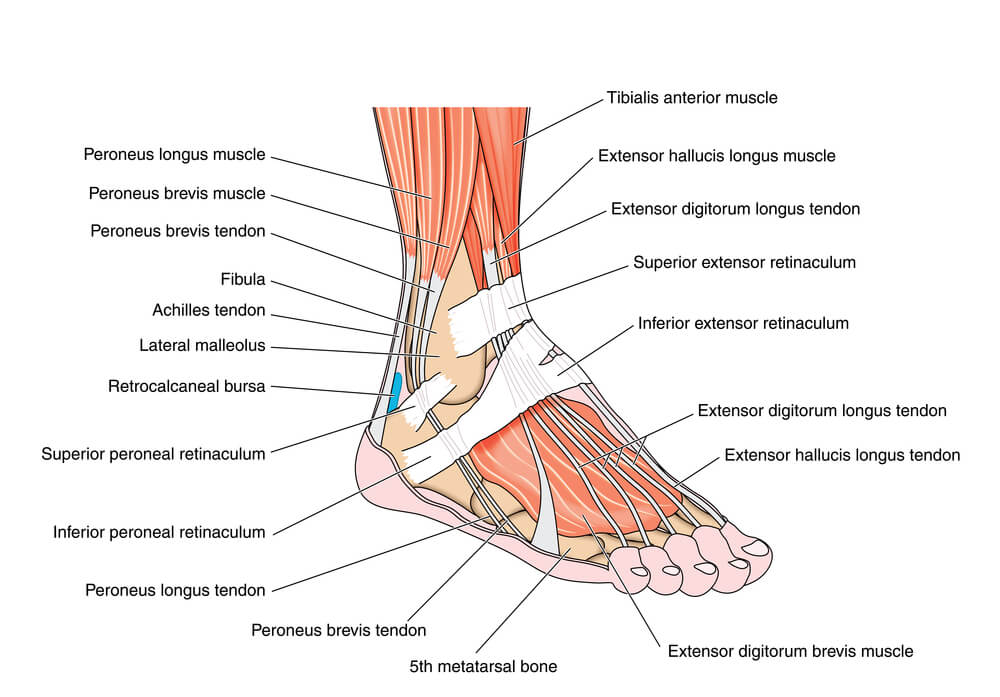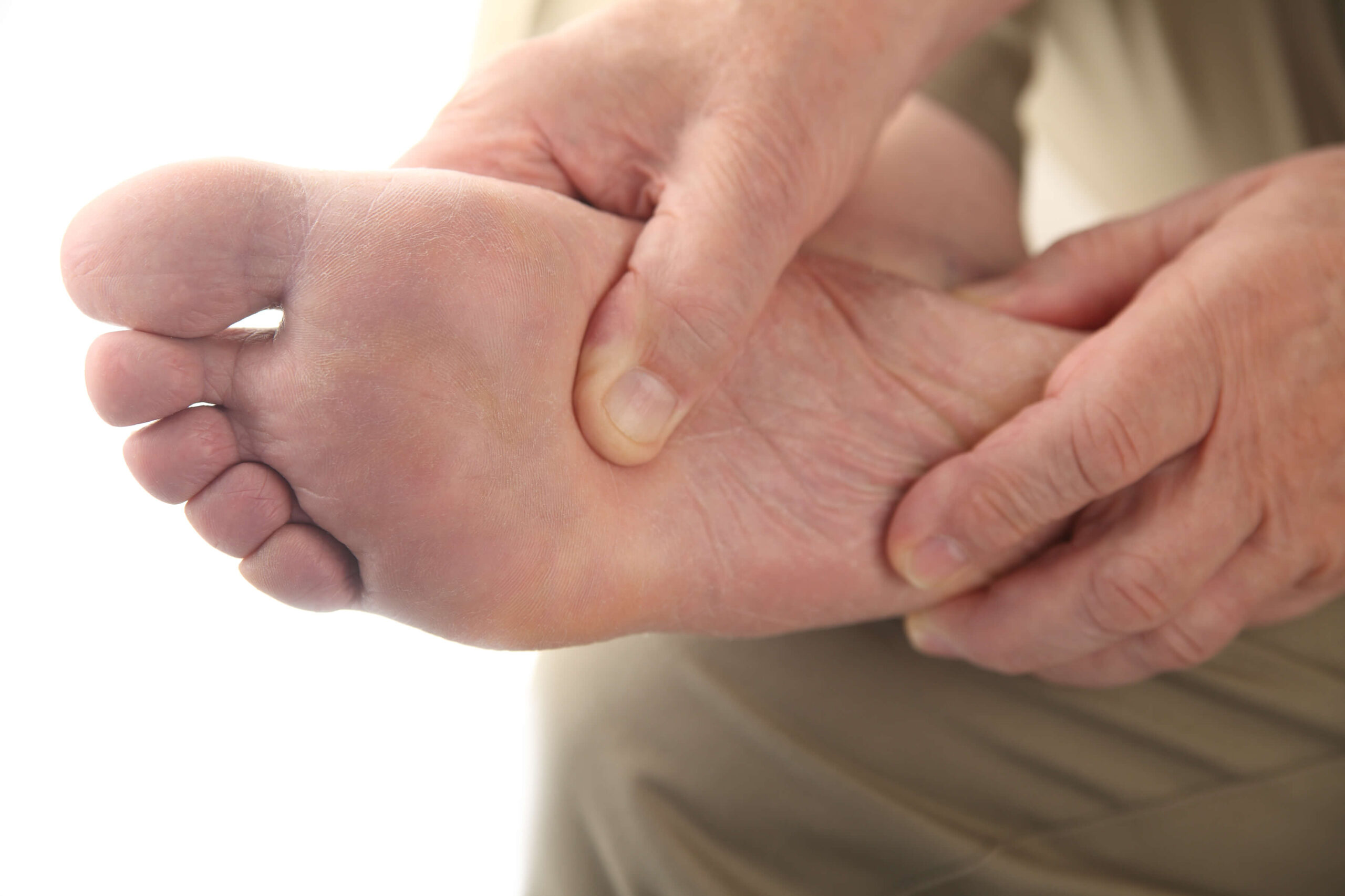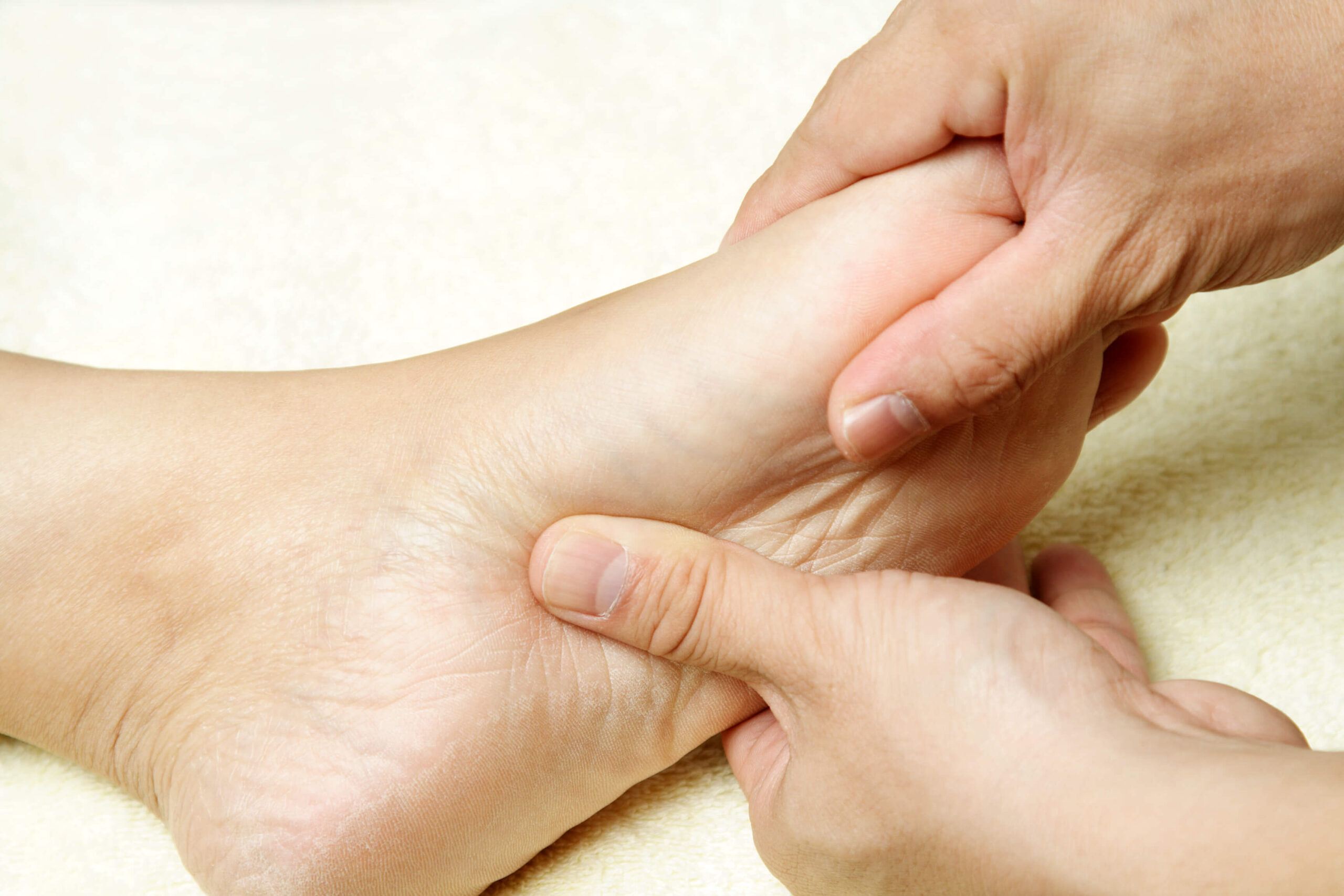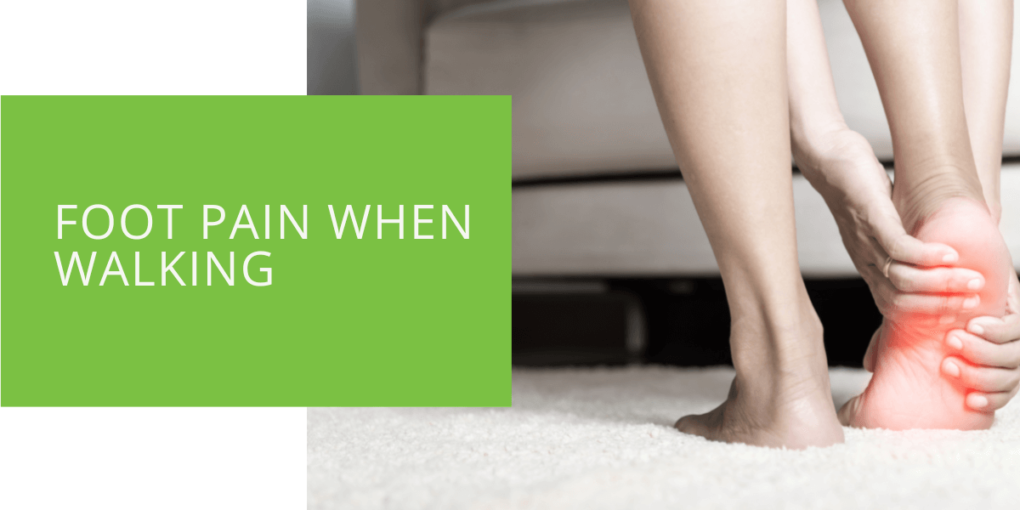Understanding and Managing Foot Pain When Walking
Walking is an essential part of our daily lives, and we rely on our feet to get us from one place to another. However, foot pain can make even the most routine tasks unbearable. Various factors can cause foot pain, affecting people of all ages. This article will explore the common causes of foot pain when walking and discuss effective treatment options.
Anatomy of the Foot
The foot comprises bones, muscles, tendons, and ligaments that work together to support our body weight and allow us to walk. The bones in the foot include the heel bone, the ankle bone, and the 26 bones that make up the toes. Muscles, tendons, and ligaments connect these bones and allow the foot to move in different directions. The foot also has a complex network of nerves and blood vessels that provide sensation and nourishment to the area.
Problems in any of these structures can lead to foot pain. For example, the heel bone is the largest bone in the foot and bears most of our body weight. Heel pain is often caused by overuse, injury, or a condition such as heel spurs or plantar fasciitis. Plantar fasciitis is an inflammation of the plantar fascia, a band of tissue that runs along the bottom of the foot. The pain is usually worst when you first get out of bed in the morning and typically affects the heel and the bottom of the foot. Heel spurs are small bony growths that can develop on the heel bone and cause pain and inflammation.

Common Causes of Foot Pain
Plantar Fasciitis
As mentioned, Plantar fasciitis is the most common cause of heel pain. It is caused by overuse, injury, or a structural problem, such as flat feet or high arches. The overuse of the foot can cause it, regularly walking on hard surfaces or the overuse of the foot playing sports.
Additionally, age, obesity, or poor-fitting shoes can also contribute to the development of plantar fasciitis.
Symptoms of plantar fasciitis include sharp pain on the bottom of the heel or the inside of the foot near the heel, pain that is worse when you first get out of bed in the morning or after sitting for long periods, and pain that improves with activity.
Heel Spurs
Heel spurs are small bony growths that can develop on the heel bone and cause pain and inflammation. They are often associated with plantar fasciitis but can also occur independently. Heel spurs are typically caused by repeated stress on the heel bone, such as from running, walking, or jumping.
Symptoms of heel spurs include pain worse when standing or walking, pain that improves when sitting or lying down, and a visible bony growth on the heel bone.

Stress Fractures
Stress fractures are tiny cracks in the bones of the foot. They are caused by repetitive stress on the foot, such as from running, walking, or jumping. Stress fractures are most common in the metatarsals (the bones in the front of the foot) and the tarsals (the bones in the back).
Symptoms of stress fractures include pain that gets worse with activity and improves with rest, swelling, tenderness in the affected area, and a feeling of "giving way" in the foot.
Arthritis
Arthritis is a condition that causes inflammation in the joints and can affect the joints in the foot. The most common type of arthritis that affects the foot is osteoarthritis, which is caused by the wearing down of the cartilage in the joints. Rheumatoid arthritis and gout can also affect the foot.
Symptoms of arthritis in the foot include pain, stiffness, and swelling in the affected joints. The big toe, ankle, and hindfoot are a common site of arthritis.

Overuse Injuries
Overuse injuries are caused by repetitive stress on the foot. They can be caused by various activities, such as running, walking, or standing for long periods. Common overuse injuries in the foot include tendinitis, an inflammation of a tendon, and bursitis, an inflammation of a bursa.
Symptoms of overuse injuries in the foot include pain, swelling, and tenderness in the affected area.
Flat Feet or High Arches
Flat feet or high arches can also cause pain in the foot. Flat feet is when the arch of the foot collapses, resulting in the entire sole of the foot coming into complete or near-complete contact with the ground. High arches, on the other hand, is when the arch of the foot is more elevated than normal. These conditions can cause pain, swelling, and cramping in the foot and ankle.

Treatment and Prevention
If you're experiencing foot pain, you must see a podiatrist or a doctor specializing in foot and ankle problems. They can diagnose the cause of your pain and recommend the appropriate treatment.
Treatment for foot pain varies depending on the cause of the pain, but some common options include:
- Rest: Taking a break from activities that cause pain can help reduce inflammation and promote healing.
- Ice: Applying ice to the affected area can help reduce pain and swelling.
- Anti-inflammatory medications: Over-the-counter medications such as ibuprofen can help reduce pain and inflammation.
- Physical therapy: Working with a physical therapist can help improve the range of motion and strength in the foot and ankle and can help prevent future injuries.
- Orthotics: Inserts that fit inside your shoes can help correct problems with your foot's mechanics, such as overpronation (flat feet) or supination (high arches)
- Surgery: In severe cases, surgery may be necessary to correct a structural problem or remove a growth.
Prevention of foot pain is key, and it can be achieved by:
- Wearing proper footwear that fits well and supports the foot
- Avoiding high heels or shoes without proper arch support
- Stretching and strengthening exercises for the foot and ankle
- Reducing stress on the foot by taking frequent breaks if you have to stand for long periods or by switching to low-impact exercise
- Maintaining a healthy weight
- Taking good care of feet and promptly treating any problems such as callus, corn, or bunion
Conclusion
Foot pain is a common problem caused by various factors such as plantar fasciitis, heel spurs, stress fractures, arthritis, and overuse injuries. It's important to consult with a podiatrist or a doctor specializing in foot and ankle problems to get a proper diagnosis and treatment. Treatment options include rest, ice, anti-inflammatory medication, physical therapy, orthotics, and surgery, while prevention can be achieved through maintaining good hygiene, stretching and strengthening exercises, proper footwear, and reducing stress on the foot. Remember that with the right diagnosis and treatment, you can manage your foot pain and get back to doing what you love.
FAQ
How do I get my feet to stop hurting when I walk?
The best way to stop foot pain when walking is to identify and address the underlying cause. This may include a visit to a podiatrist or a doctor specializing in foot and ankle problems, who can diagnose the cause of your pain and recommend the appropriate treatment. Treatment options may include rest, ice, anti-inflammatory medication, physical therapy, orthotics, and surgery. Additionally, self-care strategies such as stretching and strengthening exercises, proper footwear, and reducing stress on the foot can also help manage and prevent foot pain.
Why is my foot so painful when I walk?
Foot pain occurs when various factors, including plantar fasciitis, heel spurs, stress fractures, arthritis, overuse injuries, flat feet, or high arches can cause walking. It's important to consult with a podiatrist or a doctor specializing in foot and ankle problems to get a proper diagnosis and determine the cause of your pain.
Should I keep walking with foot pain?
It depends on the cause and severity of the pain. If the pain is minor and results from an overuse injury or something similar, it might be best to continue walking with care. However, if the pain is severe or chronic, it's best to stop walking and rest your foot. Consult with a podiatrist or a doctor specializing in foot and ankle problems. They will be able to advise you accordingly.
Is it good to walk with foot pain?
It's not ideal for walking with foot pain, but sometimes it is hard to avoid. Taking steps to manage the pain is important, such as taking anti-inflammatory medication, applying ice, or stretching and strengthening exercises. It's also important to work on preventing the pain, such as by choosing proper footwear or reducing stress on the foot. If the pain persists, it's best to stop walking and rest your foot.
Should I rest my foot if it hurts?
Resting your foot can be beneficial if the pain is caused by an overuse injury or something similar. Resting the foot can help reduce inflammation and promote healing. However, if the pain is caused by a more serious condition, such as a stress fracture, it's important to consult with a podiatrist or a doctor specializing in foot and ankle problems. They will be able to advise you on the appropriate course of action.

